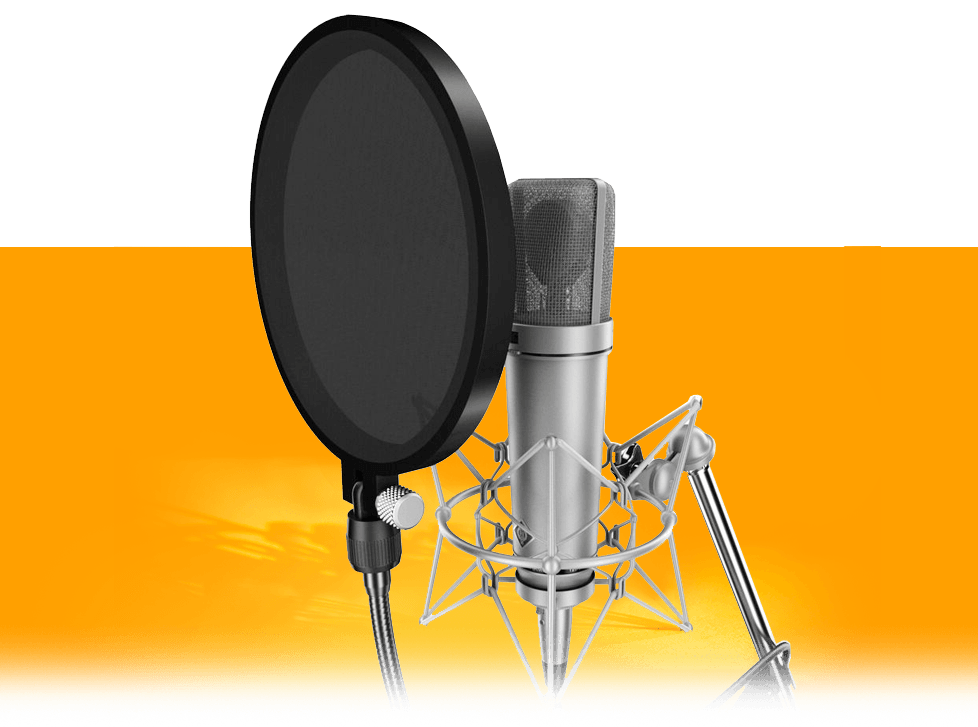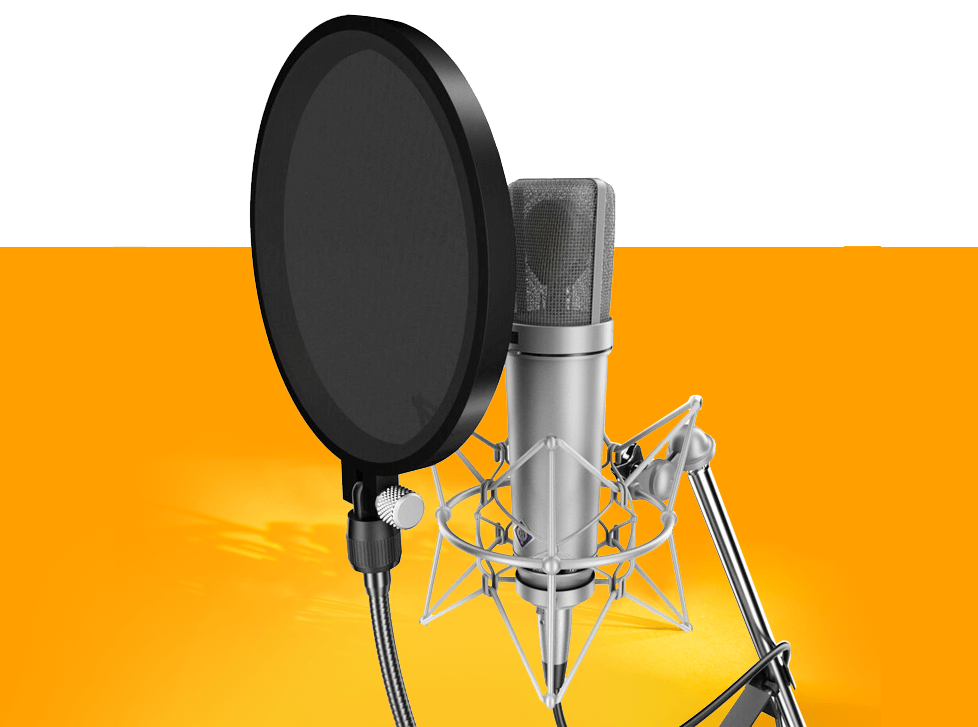Where To Make Money In The Music Industry Right Now
Jeremy Alves | November 12, 2018
The music industry is profitable again
Over the past three years, music industry executives have come to realize one of the oldest idioms in the book is true: if you can’t beat em’ join em.
Right now, the music industry is more profitable than it has been for a long time. With the age of streaming in full swing, the industry is booming. For the time being, we’re living in the age of music licensing, publishing and everything in between.
Publishers have finally figured out a distribution model that’s profitable (for now), and in response, music listeners are consuming like never before.
In previous years, music publishers and labels failed to embrace online music consumption services. It took nearly twenty years for the industry to catch up with itself before labels got on board with streaming giants like Spotify, Tidal and Apple Music. Once they did, profits started to increase and the result has had a trickle down effect on the industry. More artists are touring, selling tickets, merch all because of how easily accessible their music has become. Sure, CDs aren’t selling as well as they used to, but artists are able to make a living writing music and performing. But don’t just take my word for it. In the first year of growth back in 2015, live ticket sales represented $7.2 billion in revenue. By some estimates, ticket sales are expected to grow to $9.1 billion by 2021.
At home music listening has become highly addictive, consumable advertising for touring artists. Streaming has allowed for artists to have access to geographic analytics in real time. Artists now have more easily accessible, reliable data for which cities they have heavy fan bases in. They can see other artists their fans are listening to which allows them to maximize ticket sales by joining forces by going on co-headlining or supporting tour. It’s true, artists make very little per stream, but I would argue they easily make up the money they might have previously made through CD sales through ticket sales, merch and licensing.
Before artists could get on board, it took some convincing the major labels, which expectedly operate at a glacial pace. All it took was the warm embrace of the “freemium” model, where music listeners are able to stream music in an unlimited-limited capacity. Music listeners can use the services for free, but they are given a limit on how many songs they can skip and are subject to advertisements. The pay version allows for unlimited, advertising-free music listening. Whether it’s through subscription dollars or advertising dollars , the profits are then broken up, split between the label, the artist and their team and of course the distributor (i.e Spotify/Apple Music).
Steaming numbers accounted for 38.4% of total income of the music industry. It was only when publishers got on the same page as consumers and embraced streaming were they able to turn around the 5.4% decline in physical revenue, and offset the 20.5% decline in download sales.
In 2017, the music industry brought in a cool $8.72 billion in the U.S. alone, a 16.5% increase over the previous year which saw $7.5 billion in profit. The United States wasn’t the only market to see such growth. According to the International Federation of the Phonographic Global Music Report (2018), 2017 saw a 8.1% global increase in profit. Internationally, the music industry alone was worth $17.3 billion (U.S.). Incredibly, 2017 marked the third consecutive year of growth in the industry after fifteen years of steady decline.
But how much does all that really add up to? In 2017, streaming numbers grew by 43% of the total industry income in the United States. The means a staggering $5.66 billion was made by streaming alone, nearly two-thirds of the entire music industry income.
But just because CD sales are staggering, it doesn’t mean this is the end of physical sales. The past couple years have seen a renaissance in vinyl sales, and there’s no signs of stopping. Vinyl sales grew 25% in the U.S. last year, selling over 7 million units.
I hope by now it’s exceptionally clear what we are getting at: music streaming is the saving grace for the music industry that was famously in decline for so many years. It may not be a perfect model (as artists get little shares of streaming income), the byproduct of which has allowed for many artists to turn a profit in ways they otherwise wouldn’t have been able to.
But what does this mean for you, the music consumer and industry hopeful? Find a job somewhere in the industry, and support artists through streaming, touring and licensing. There are so many avenues to get into the industry. Finding a gig at a streaming service might be a tough gig, so look for smaller agencies like music licensors, PR agencies, recording studios or radio stations. Artists have to rely on new and innovative ways to make bank, and there’s no better time than now to bring big ideas to the table.
Ready to Start?
OIART's Audio Program Includes:
✓ Small Class Sizes
✓ On Site Facilities
✓ Industry Leading Instructors
✓ Post Grad Support & Guidance
✓ Exclusive 11 Month Program
Top Reasons Why You Should Choose OIART.
Have Questions?
If you have questions about our audio engineering and music production program or would like to book a tour, we would be pleased to speak with you.
Text Us: 519.200.4151
Share This With a Fellow Music Lover
Apply in 4 Steps!
Step 1: Click apply now.
Step 2: Answer 8 questions about yourself.
Step 3: Upload supporting documents.
Step 4: That's it! You are done.
Share this with fellow music lovers


